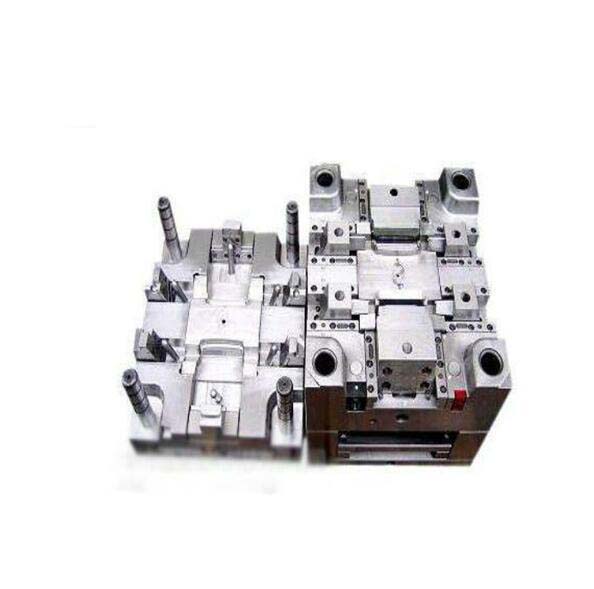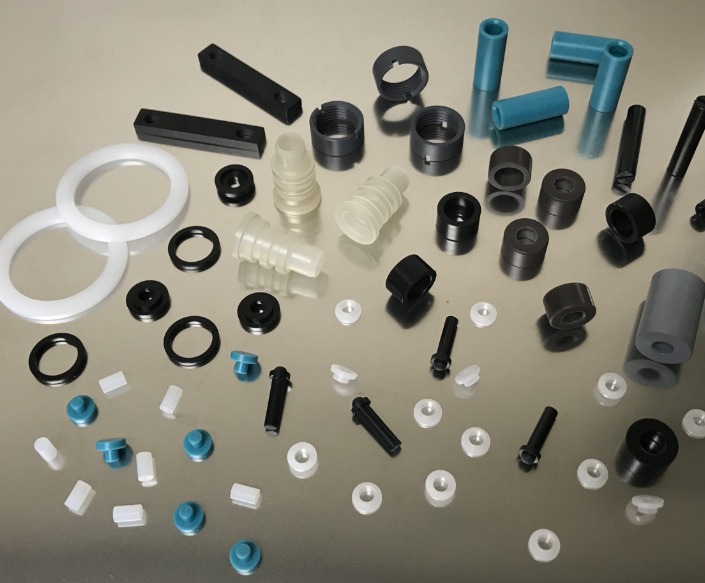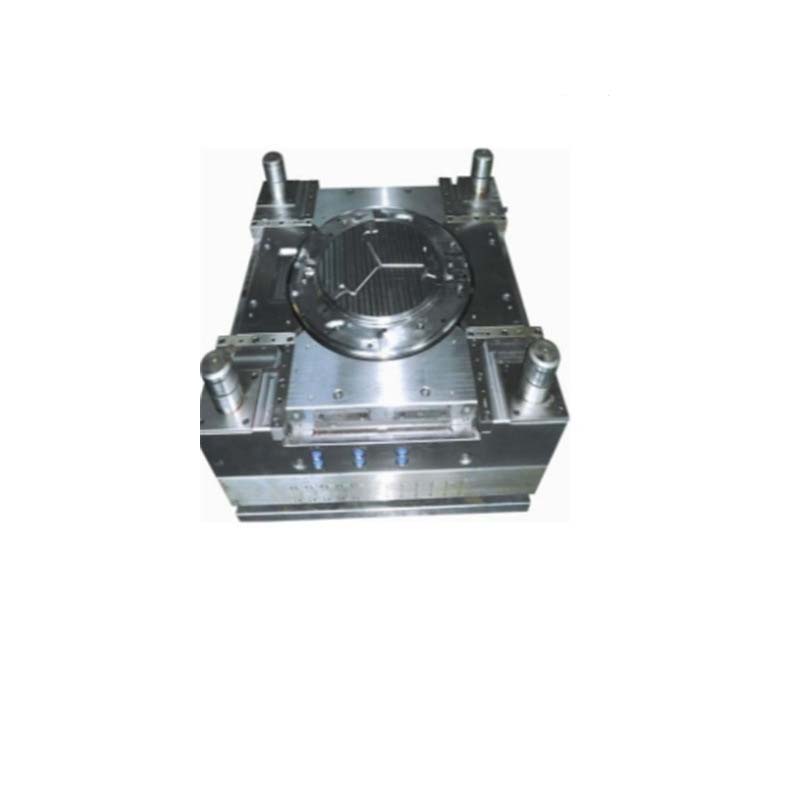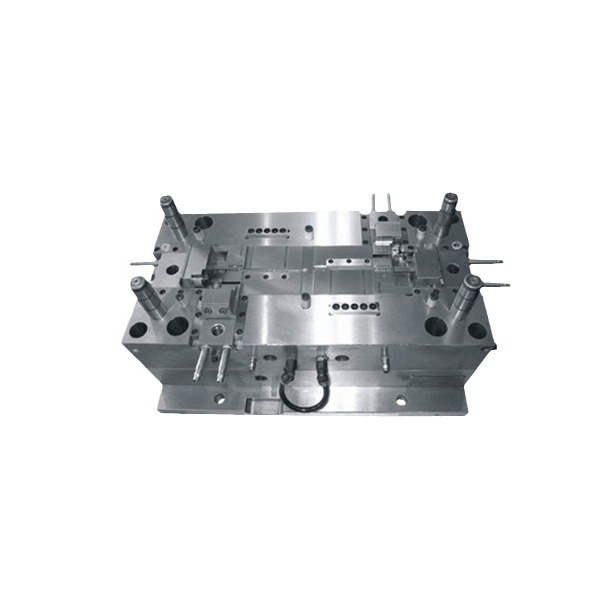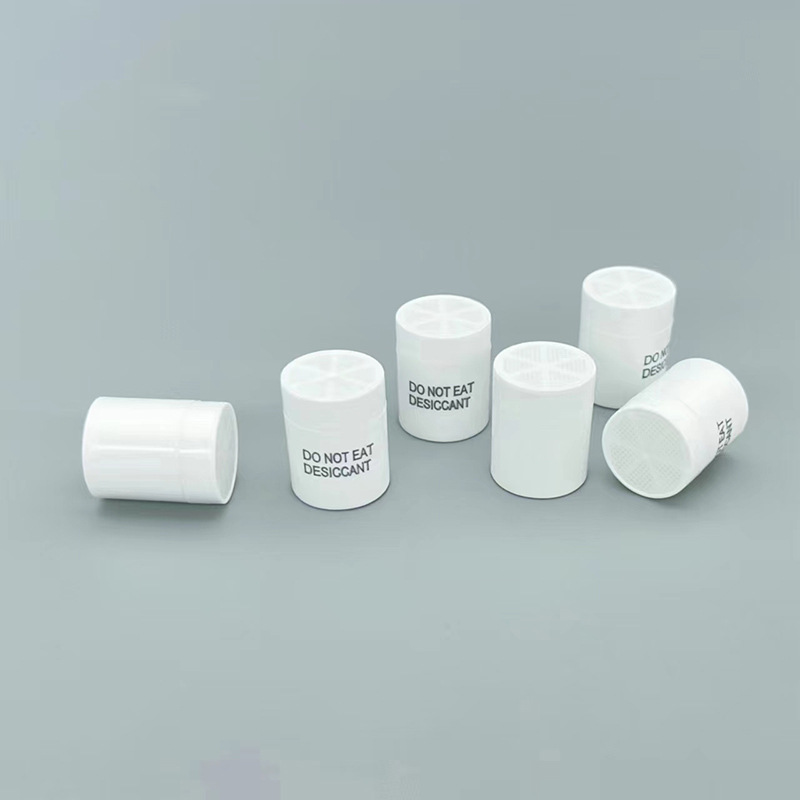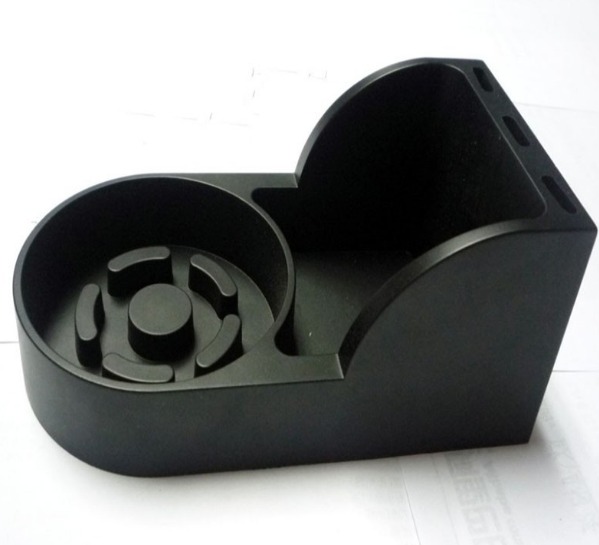Introduction
Medical plastic molds play a pivotal role in the medical industry. They are the unsung heroes behind the production of a vast array of medical devices, from simple syringes to complex surgical instruments. These molds are designed to create precise and high - quality plastic components that meet the stringent requirements of the medical field, such as biocompatibility, sterility, and dimensional accuracy.
In recent years, China has emerged as a global powerhouse in the production of medical plastic molds. With a combination of advanced manufacturing technologies, a large pool of skilled labor, and a growing focus on quality control, Chinese manufacturers have been able to offer a wide range of medical plastic molds that are both cost - effective and of high quality.
This comprehensive guide aims to provide you with in - depth knowledge about medical plastic molds made in China. Whether you are a medical device manufacturer looking for reliable mold suppliers, a healthcare professional interested in the production process of medical devices, or simply someone curious about the medical plastics industry, this guide will help answer your questions, solve your doubts, and give you a better understanding of the advantages and considerations when it comes to Chinese - made medical plastic molds.
Quality Assurance of Medical Plastic Mold Made In China
Stringent Material Selection
Chinese manufacturers of medical plastic molds adhere to strict material - selection criteria. High - quality materials are the cornerstone of producing reliable and safe medical plastic molds. Some commonly used materials include:
- Polypropylene (PP): PP is a popular choice due to its excellent chemical resistance, high - temperature resistance (it can withstand temperatures up to around 100°C in some applications), and good mechanical properties. It is lightweight and has a density of about 0.9g/cm³. In the medical field, PP is often used for manufacturing disposable syringes, medical containers, and some surgical instrument components. It meets international standards such as ISO 10993 for biocompatibility, ensuring that it does not cause harm to the human body when in contact with tissues or body fluids.
- Polyethylene (PE): There are different types of PE, such as high - density polyethylene (HDPE) and low - density polyethylene (LDPE). HDPE offers high strength and stiffness, while LDPE provides good flexibility. PE has good chemical stability and is non - toxic, making it suitable for applications like medical tubing, blood bags, and some simple medical device casings. It also complies with relevant international biocompatibility and safety standards.
Advanced Manufacturing Technologies
China has embraced a variety of advanced manufacturing technologies in the production of medical plastic molds, which significantly contribute to the precision and quality of the final products:
- Injection Molding: This is one of the most widely used techniques. In injection molding, molten plastic is injected into a mold cavity under high pressure. Precise control of injection pressure, temperature, and time is crucial. For example, advanced injection - molding machines can control the injection pressure within a very narrow range, with a precision of ±0.1MPa. This high - precision control ensures that the plastic fills the mold cavity evenly, resulting in products with consistent wall thicknesses and dimensional accuracy. It can produce complex - shaped medical plastic components with high production efficiency, meeting the large - scale production needs of the medical industry.
- 3D Printing: Also known as additive manufacturing, 3D printing is gaining popularity in the medical plastic mold field. It allows for the creation of highly customized molds with complex geometries that are difficult to achieve through traditional manufacturing methods. For instance, in the production of molds for patient - specific medical devices, 3D printing can directly convert digital models into physical molds. Some high - end 3D printers used in medical applications can achieve a layer thickness as thin as 0.05mm, ensuring high - resolution and accurate reproduction of the design. This technology reduces the need for extensive tooling and can shorten the mold development cycle, enabling faster innovation in the medical device industry.
Rigorous Quality Control System
Chinese medical plastic mold manufacturers implement comprehensive quality control systems:
- Raw Material Inspection: Before starting production, all incoming raw materials are thoroughly inspected. This includes verifying the material certificates provided by suppliers to ensure that the materials meet the required specifications. For example, the melt flow index, density, and mechanical properties of plastics are tested. Additionally, chemical analysis may be conducted to detect any impurities that could affect the quality of the final mold.
- In - Process Quality Monitoring: During the manufacturing process, regular quality checks are carried out. For injection - molded parts, dimensions are measured at various stages using precision measuring instruments such as coordinate measuring machines (CMMs). These CMMs can measure with an accuracy of ±0.001mm, ensuring that the parts are within the specified tolerances. Surface finish is also inspected to ensure there are no defects like scratches, pits, or uneven surfaces.
- Final Product Testing: Once the molds are completed, they undergo a series of final tests. Functional tests are performed to ensure that the molds can produce the desired medical plastic components correctly. This may involve trial runs with the actual plastic materials to check for proper filling, ejection, and overall performance. Sterility tests are also crucial for molds used in the production of sterile medical devices. Manufacturers often use methods like ethylene oxide sterilization or gamma irradiation and then conduct sterility verification tests to ensure compliance with international standards.
- International Certifications: Many Chinese medical plastic mold manufacturers have obtained international certifications such as ISO 13485, which is specifically for medical device quality management systems. This certification demonstrates that the manufacturer has established a comprehensive quality management system that meets the strict requirements of the medical industry, covering aspects from design and development to production, installation, and servicing of medical plastic molds.
Cost - Effectiveness of Chinese Medical Plastic Molds
Cost - Saving Production Process
Chinese manufacturers of medical plastic molds have mastered cost - saving production processes, making their products highly competitive in the global market.
- Economies of Scale: China has a large - scale manufacturing industry. With a high demand for medical plastic molds both domestically and internationally, Chinese manufacturers can produce in large quantities. For example, a major Chinese medical plastic mold manufacturer in Shenzhen produces over 100,000 sets of various medical plastic molds annually. This large - scale production allows them to spread fixed costs such as equipment depreciation, factory rent, and management expenses over a greater number of products. As a result, the unit cost of each mold is significantly reduced. In contrast, a smaller manufacturer in a European country might only produce 10,000 sets a year, leading to higher unit costs due to the inability to fully amortize fixed costs.
- Automation and Efficiency: The adoption of advanced automated production equipment has also contributed to cost - savings. Automated injection - molding machines, for instance, can operate continuously with high precision, reducing the need for excessive manual labor. These machines can produce a large number of medical plastic mold components in a short time. Some modern injection - molding machines can complete a molding cycle in as little as 5 - 10 seconds for simple medical plastic parts. In addition, automated quality - inspection systems integrated into the production line can quickly detect defects, reducing the number of defective products and thus saving costs associated with rework or waste. For example, a Chinese factory that implemented automated quality - inspection systems saw a 30% reduction in defective product rates, which translated into significant cost savings over time.
Comparison with International Counterparts
When comparing the prices of Chinese medical plastic molds with those from other countries, the cost - effectiveness of Chinese products becomes evident. The following table provides a comparison of the average prices of similar - quality medical plastic molds from different regions for the production of a standard syringe mold (prices are approximate and for reference only):
| Region | Average Price per Set of Syringe Molds (USD) |
| China | 5,000 - 8,000 |
| United States | 12,000 - 15,000 |
| Germany | 10,000 - 13,000 |
| Japan | 8,000 - 10,000 |
As shown in the table, Chinese medical plastic molds are generally more affordable. Despite the price advantage, Chinese molds do not compromise on quality, as discussed in the previous section on quality assurance. This combination of lower cost and high quality makes Chinese medical plastic molds an attractive choice for medical device manufacturers worldwide, enabling them to reduce production costs while maintaining the high - standard quality of their medical products.
Customization Capabilities
Meeting Diverse Design Requirements
Chinese medical plastic mold manufacturers are renowned for their ability to meet diverse design requirements. They have a team of highly skilled engineers and designers who are proficient in using advanced design software such as CAD (Computer - Aided Design), CAM (Computer - Aided Manufacturing), and CAE (Computer - Aided Engineering).
For example, when developing molds for a complex multi - component medical device like a minimally invasive surgical instrument set, Chinese manufacturers can handle the intricate design challenges. The set may include components with complex geometries, tight tolerances, and unique functional requirements. The engineers first create a detailed 3D model of the instrument set using CAD software. This allows them to visualize the design from all angles and make precise adjustments to the shape, size, and structure of each component.
With the help of CAE software, they can perform simulations to analyze factors such as stress distribution, melt flow during injection molding, and cooling rates. This ensures that the final mold design can produce high - quality plastic components that meet the strict performance requirements of the medical device. Whether it's a mold for a small, delicate catheter tip or a large, complex medical equipment housing, Chinese manufacturers have the expertise to turn any design concept into a functional and high - quality mold.
Quick Turnaround for Custom Orders
In addition to meeting diverse design needs, Chinese manufacturers also excel in providing quick turnaround times for custom orders. They have streamlined production processes and efficient supply chains in place.
Firstly, they maintain a large inventory of commonly used raw materials. This means that once a custom order is received, they can start the production process immediately without waiting for the procurement of raw materials. For instance, if a customer requires a custom - designed mold for a new type of medical syringe within a tight deadline, the manufacturer can quickly access the required plastic materials from their inventory.
Secondly, advanced manufacturing technologies contribute to the fast production of custom molds. High - speed machining centers can rapidly cut and shape the mold components with high precision. Automated assembly lines further speed up the process of putting together the various parts of the mold. Some Chinese manufacturers can complete the production of a simple custom - designed medical plastic mold within 2 - 3 weeks, while more complex molds may take 4 - 6 weeks. This is significantly faster compared to some international counterparts, which may take 8 - 12 weeks for a similar custom mold.
Moreover, Chinese manufacturers often have a dedicated project management team for each custom order. This team closely monitors the progress of the mold production, coordinates between different departments such as design, manufacturing, and quality control, and ensures that any potential issues are resolved promptly. This efficient project management system helps in maintaining the production schedule and delivering the custom - made medical plastic molds to the customers in a timely manner.
Yigu Technology's View
As a non - standard plastic metal products custom supplier, Yigu Technology highly recognizes the remarkable progress of Chinese - made medical plastic molds. In terms of material innovation, China has made great strides. We have witnessed the emergence of new biocompatible materials that not only meet international standards but also offer enhanced performance in terms of durability and chemical resistance. This allows for the production of medical plastic molds that can better withstand the harsh environments of medical applications.
In terms of manufacturing processes, the continuous improvement of injection molding, 3D printing, and other technologies has significantly enhanced the precision and production efficiency of medical plastic molds. Yigu Technology, with years of experience in the field, has also been committed to applying these advanced technologies in our production. Our professional team is proficient in handling complex design requirements, and we have a well - established quality control system. We ensure that every custom - made product, whether it's a plastic or metal component, meets the highest quality standards. We believe that by leveraging the overall development of the Chinese medical plastic mold industry and our own unique advantages, we can provide more high - quality, customized solutions to meet the diverse needs of the medical device market.
FAQ
Q1: What are the common materials used in medical plastic molds made in China?
Common materials include Polypropylene (PP), which has good chemical and high - temperature resistance, and is lightweight with a density of about 0.9g/cm³. Polyethylene (PE), in types like HDPE and LDPE, offers strength, stiffness (HDPE) or flexibility (LDPE), and is non - toxic. Polycarbonate (PC) is known for its high strength and transparency. These materials meet international biocompatibility and safety standards.
Q2: How can I ensure the quality of medical plastic molds when ordering from China?
You can check if the manufacturer has international certifications such as ISO 13485. Inquire about their raw material inspection process, in - process quality monitoring (e.g., use of precision measuring instruments like CMMs), and final product testing procedures. Also, understand their quality control system covering design, production, and servicing.
Q3: Can Chinese manufacturers provide customized medical plastic molds quickly?
Yes, they can. Chinese manufacturers maintain large inventories of raw materials, use advanced manufacturing technologies like high - speed machining centers and automated assembly lines, and have dedicated project management teams. These factors enable them to complete simple custom molds in 2 - 3 weeks and more complex ones in 4 - 6 weeks, much faster than many international counterparts.
